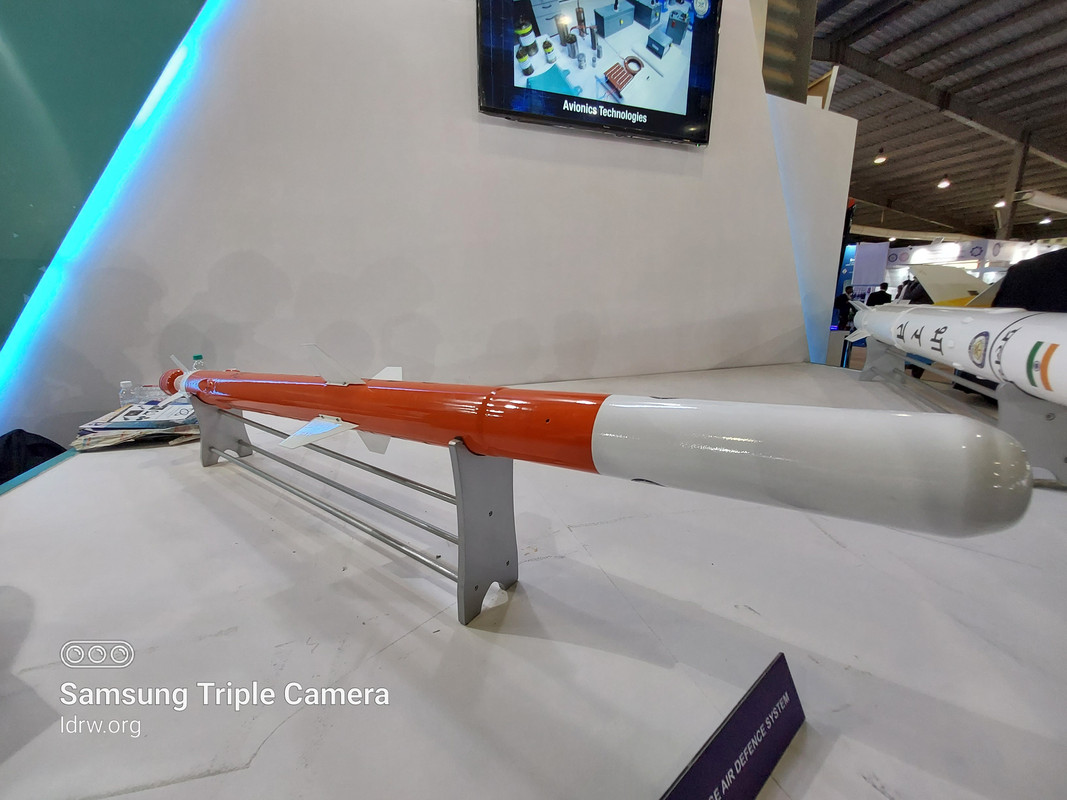SOURCE: AFI


The Indian Ministry of Defense is gearing up to significantly strengthen the country’s air defense capabilities with the acquisition of nearly 5,000 “Vajra” Air Defense Systems. Developed indigenously by the Defense Research and Development Organization (DRDO), this system promises to be a game-changer, offering several key advantages.
The Vajra, which stands for Very Short Range Air Defense System (VSHORADS), is designed to effectively neutralize a range of aerial threats including enemy aircraft, drones, and helicopters. A significant advantage of the Vajra lies in its cost-effectiveness. Being domestically produced, it offers a powerful defense solution without straining the budget.
Recent successful tests conducted by the DRDO in Odisha provide a strong testament to the Vajra’s capabilities. The system not only met all the required standards but also displayed exceptional accuracy by downing designated targets in flight. This success story signifies that the Vajra will be a formidable asset on the battlefield, with its impressive speed and precision significantly reducing the chances of enemy aircraft, helicopters, or drones evading its reach.
Adani Defence is one of the Developmental / Production partner in the program and has helped in manufacturing and fabrication of the VSHORADS for the DRDO for the development of the missile system. Adani Defence likely will also be appointed Production partner for the missile system that might see orders in multiple batches for estimated 5000 units.
The VSHORADS’ versatility extends to its deployment options. The system can be launched from a ground-based portable launcher, making it highly mobile and adaptable to various terrains. Whether deployed in the challenging Himalayan heights near the China border or the vast deserts bordering Pakistan, the Vajra can be effectively utilized for air defense purposes.
The Vajra’s capabilities extend beyond just tackling drones and helicopters. It possesses the ability to take down a wider range of aerial threats including fixed-wing aircraft, fighter jets, and even missiles. This comprehensive defense mechanism provides a robust shield against a multitude of airborne dangers.